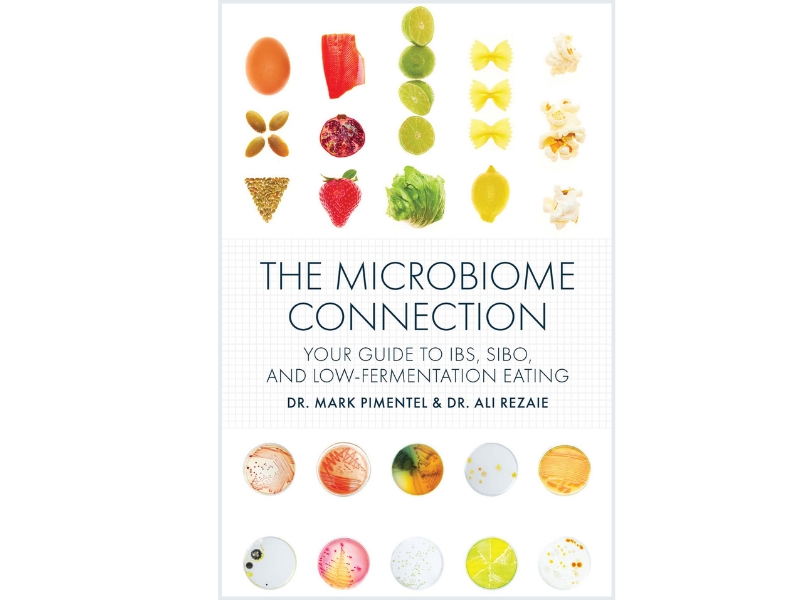
Imagine a vast microbiome city in your gut. This city has many inhabitants with different jobs – plumbers, doctors and sanitation workers, among them. As long as the city’s microbiome system stays in balance, the city functions well. But if you take an antibiotic and get rid of all the sanitation workers, then the city becomes filled with trash because those workers have been eliminated. In a similar analogy, taking probiotics is like adding 1 million doctors every day and can throw the city out of whack, too. Any perturbation in the city has an effect on the rest of the microbiome and consequently, you.
Your microbiome contains five specific components to promote health and ward off disease,
Diversity of bacteria and fungi in the gut
A more diverse gut microbiome — the vast ecosystem of bacteria, viruses, fungi
Distribution of bacteria and fungi
Different bacteria are positioned differently throughout the gut. For example, if bacteria from the colon get into the small intestine, this can lead to small intestinal
Number and composition of bacteria
With thousands of varieties of bacteria, your microbiome city has many different occupants to complete their specific tasks. The number of each microbe is proportional to the roles and functions of that microbe. To continue our city analogy, five plumbers would not be enough to cover a big city.
Products of bacteria
The many inhabitants of your microbiome city produce a wide variety of products. Some are good, some are bad. For example, some bacteria have properties that reduce inflammation in the gut and others promote normal motility in the gut. On the other hand, gas and other chemicals produced by bacteria in the microbiome can contribute to the symptoms of irritable bowel syndrome, such as diarrhea or constipation. It’s important to understand that bacteria are not good or bad all the time. It’s more about maintaining balance in your microbiome.
Resiliency
If you look at your microbiome after you take antibiotics, you will likely find the numbers of microorganisms are drastically reduced. Two weeks later, the bacteria repopulate your gut and the microbiome snaps right back to normal. That’s resiliency. However, if you continue to take courses of antibiotics, that could affect your microbiome. The microbiome is like an elastic band that becomes a little less stretchy every time you pull on it. It may not snap back quite all the way with too many antibiotics.
Obviously, a balanced microbiome is best for better health. When your gut microbiome is balanced, you stay healthy, you are in a good mood and you have a lot of energy.

The Microbiome Connection: Your Guide to IBS, SIBO and Low Fermentation Eating
A must-have resource for anyone who suffers from IBS or SIBO, or who wants to better understand their microbiome, this book will help you live a gut-happy and gut-healthy life.
